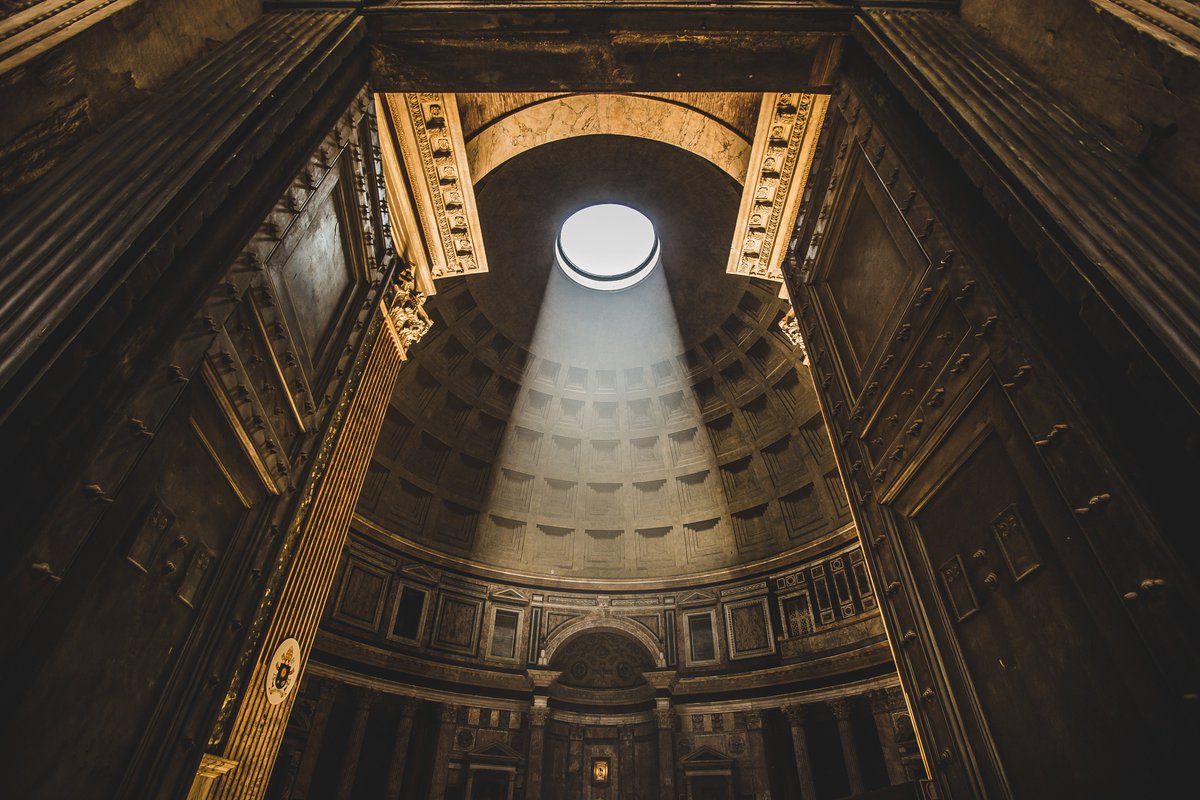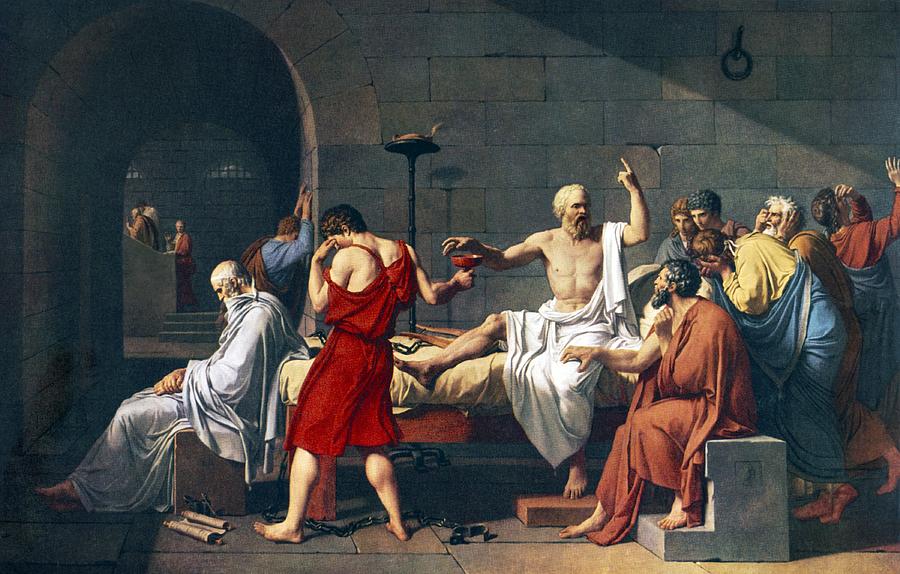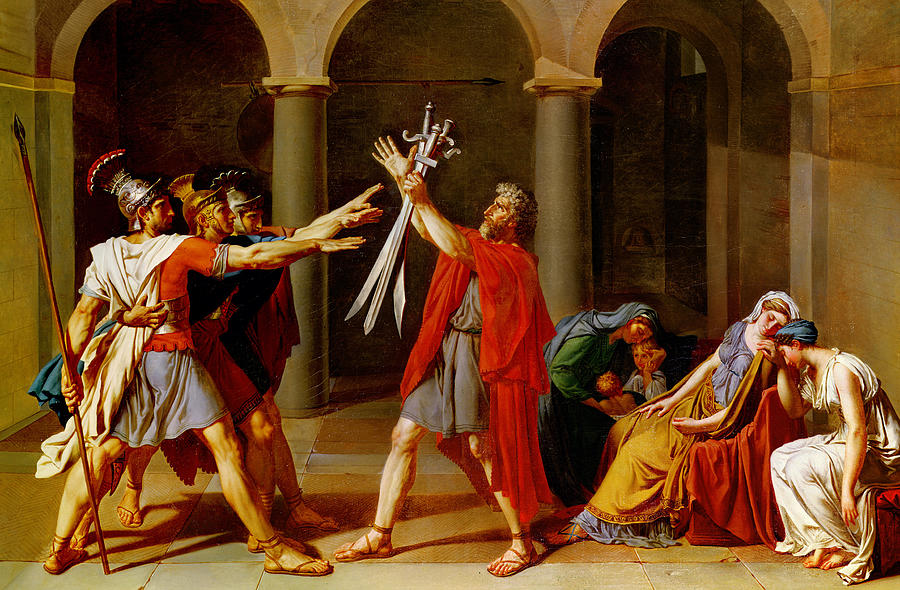These 10 architectural marvels of Rome will inspire you to greatness.
See them with your own eyes before you die.
See them with your own eyes before you die.

1. San Carlo at the Four Fountains
By Borromini, mad genius of the Baroque period,
Who usually had to work to his patron's specifications,
But here, got permission to do whatever he wanted.
The result is a stunning, absolutely unique chapel:
By Borromini, mad genius of the Baroque period,
Who usually had to work to his patron's specifications,
But here, got permission to do whatever he wanted.
The result is a stunning, absolutely unique chapel:

1. San Carlo at the Four Fountains (cont)
The original church was built for a monastic order dedicated to the freeing of slaves.
Here is a wooden, full scale model, cross section of Borromini's strange masterpiece
...Floating on a lake in Lugano, Switzerland.

The original church was built for a monastic order dedicated to the freeing of slaves.
Here is a wooden, full scale model, cross section of Borromini's strange masterpiece
...Floating on a lake in Lugano, Switzerland.


2. Gardens of Sallust:
Sallust was a friend of Caesar, and a famous Roman historian.
He built this villa, and to retired to write his works in it.
His gardens were once the largest monumental park in antiquity.
Villa is now 45 ft below street level, but still beautiful.
Sallust was a friend of Caesar, and a famous Roman historian.
He built this villa, and to retired to write his works in it.
His gardens were once the largest monumental park in antiquity.
Villa is now 45 ft below street level, but still beautiful.

2. Gardens of Sallust (Cont.)
A stunning collection of art was unearthed at the Gardens of Sallust:
Especially famous:
-Dying Gaul
-Spanish steps obelisk:
-Wounded Niobe
-Gaul committing Suicide



A stunning collection of art was unearthed at the Gardens of Sallust:
Especially famous:
-Dying Gaul
-Spanish steps obelisk:
-Wounded Niobe
-Gaul committing Suicide




3. Quartiere Coppedè
There is an entire neighborhood of Rome designed by the architect, Gino Coppedè.
The style is a fantastical mix of Classical, Baroque, and Art Nouveau.
Site for films,
It is a model for how urban planners can incorporate good taste into design at scale.



There is an entire neighborhood of Rome designed by the architect, Gino Coppedè.
The style is a fantastical mix of Classical, Baroque, and Art Nouveau.
Site for films,
It is a model for how urban planners can incorporate good taste into design at scale.




4. Temple of Vesta at Tivoli
Home of the ancient oracle, the Sibyl,
Also the famous Sibylline books Romans used for prophesy.
It's in the countryside a few miles from Rome.
Used to be part of a hotel where kings of Europe would stay when they made the Grand Tour of Rome.
Home of the ancient oracle, the Sibyl,
Also the famous Sibylline books Romans used for prophesy.
It's in the countryside a few miles from Rome.
Used to be part of a hotel where kings of Europe would stay when they made the Grand Tour of Rome.

4. Tivoli temple (cont.)
The temple is especially striking for its relationship to surrounding nature.
It overlooks a waterfall on the Aniene river.
The setting inspired countless artists, such as Van Wittel here:
The temple is especially striking for its relationship to surrounding nature.
It overlooks a waterfall on the Aniene river.
The setting inspired countless artists, such as Van Wittel here:

5. Keats Shelley House
Romantic poet John Keats (1795-1821) contracted tuberculosis.
He came to Rome to try to get better.
He died in this apartment, which was later converted into a museum.
Romantic poet John Keats (1795-1821) contracted tuberculosis.
He came to Rome to try to get better.
He died in this apartment, which was later converted into a museum.

5. Keats Shelley House (cont.)
The museum is now a monument to Romantic poets.
The room Keats died in overlooks the Spanish Steps:
The museum is now a monument to Romantic poets.
The room Keats died in overlooks the Spanish Steps:

6. Pantheon
Usually, ancient rituals were conducted out on the grounds in front of a temple.
But this Roman temple, "to all the gods," is the first one designed for worship inside rather than outside.
...One of the reasons Christians decided to make it a church.
Usually, ancient rituals were conducted out on the grounds in front of a temple.
But this Roman temple, "to all the gods," is the first one designed for worship inside rather than outside.
...One of the reasons Christians decided to make it a church.

6. Pantheon (cont.)
The Pantheon's dome, built under Emperor Hadrian, is still the world's largest unreinforced concrete dome.
At the feast of Pentecost, Rome's Fire Department pours thousands of rose petals through the oculus:
"Tongues of Fire" descending on the Apostles.
The Pantheon's dome, built under Emperor Hadrian, is still the world's largest unreinforced concrete dome.
At the feast of Pentecost, Rome's Fire Department pours thousands of rose petals through the oculus:
"Tongues of Fire" descending on the Apostles.

7. Tempietto of San Pietro
Great artists start small.
Before he designed St Peter's Basilica on the Vatican, Donato Bramante built this shrine,
Set on the exact spot St. Peter himself was crucified in Rome.
The Tempietto is one of the first true Renaissance churches.
Great artists start small.
Before he designed St Peter's Basilica on the Vatican, Donato Bramante built this shrine,
Set on the exact spot St. Peter himself was crucified in Rome.
The Tempietto is one of the first true Renaissance churches.

7. Tempietto (cont.)
Funded by Ferdinand & Isabella of Spain
Bramante's tempietto is modeled after the temple at Tivoli (see above).
Renaissance artists were fascinated with the idea of circular temples
As in Rafael's "Marriage of the Virgin," painted shortly after, in 1504:
Funded by Ferdinand & Isabella of Spain
Bramante's tempietto is modeled after the temple at Tivoli (see above).
Renaissance artists were fascinated with the idea of circular temples
As in Rafael's "Marriage of the Virgin," painted shortly after, in 1504:

8. Lateran Obelisk
The oldest and tallest obelisk in Rome,
Built by the Pharaoh Thutmose, 3500 years ago.
Originally stood in the temple of Amun-Ra at Luxor, Egypt,
Moved to Rome by Constantius II in 357 AD.
In antiquity, it stood in the Circus Maximus.
The oldest and tallest obelisk in Rome,
Built by the Pharaoh Thutmose, 3500 years ago.
Originally stood in the temple of Amun-Ra at Luxor, Egypt,
Moved to Rome by Constantius II in 357 AD.
In antiquity, it stood in the Circus Maximus.

9. St. John Lateran Basilica
That obelisk looms next to one of the great churches of Christendom,
The church of St. John, built by Constantine the Great.
Rome's oldest public church.
Still stunning.
Official seat of the Pope of Rome
That obelisk looms next to one of the great churches of Christendom,
The church of St. John, built by Constantine the Great.
Rome's oldest public church.
Still stunning.
Official seat of the Pope of Rome

10. Park of the Aqueducts
Two beautiful aqueducts intersect in this grand park, SE of Rome.
Some ancient aqueducts are still working.
How does your infrastructure measure up?
Two beautiful aqueducts intersect in this grand park, SE of Rome.
Some ancient aqueducts are still working.
How does your infrastructure measure up?

If you enjoyed this, RT the first Tweet in the thread to share the inspiration.
Follow for more.
Follow for more.
ALSO: Cost of Glory is running a Retreat
in ROME
We had a last minute cancellation, so a slot has opened up.
The focus is on SPEAKING well, like the great Romans.
DM if interested. July 16-23 Details at: ancientlifecoach.com/retreat
in ROME
We had a last minute cancellation, so a slot has opened up.
The focus is on SPEAKING well, like the great Romans.
DM if interested. July 16-23 Details at: ancientlifecoach.com/retreat

• • •
Missing some Tweet in this thread? You can try to
force a refresh





















